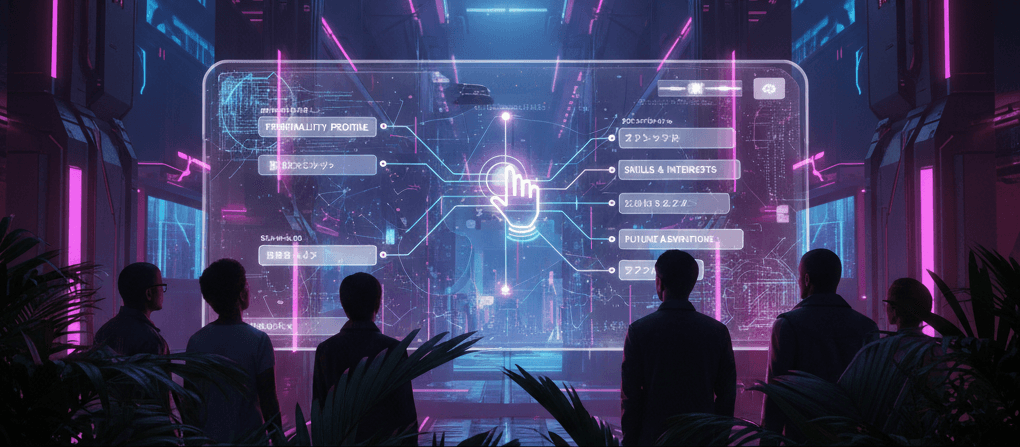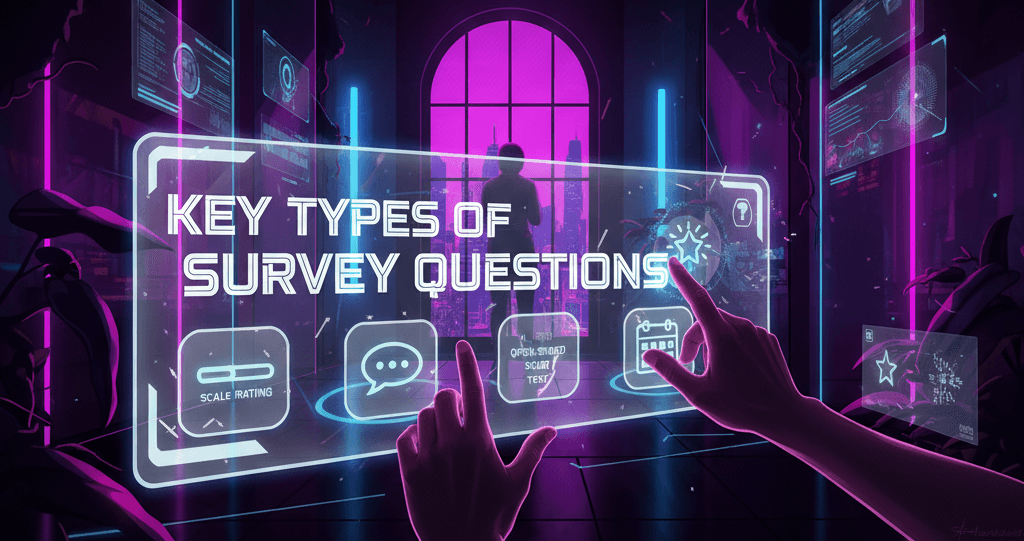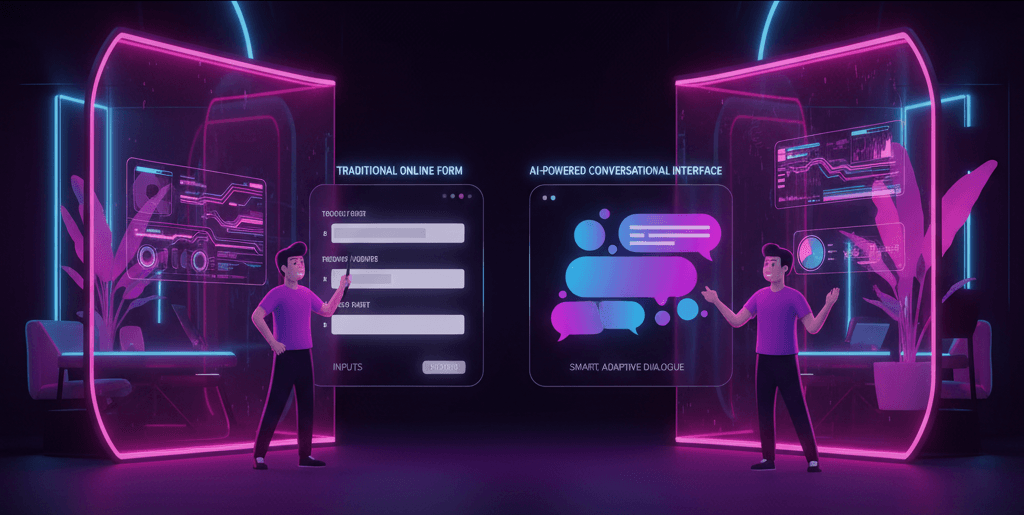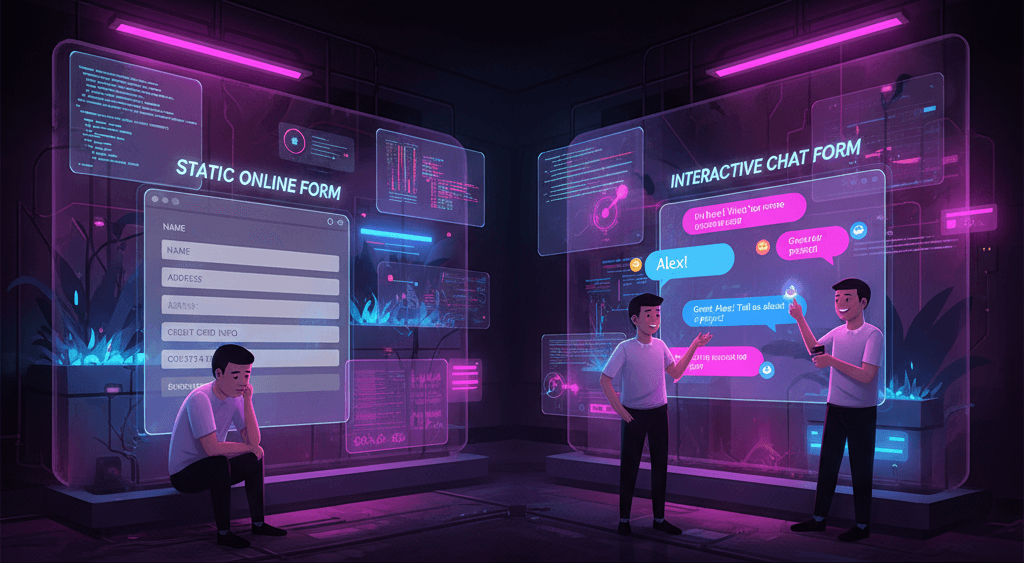Evolution of Voice Technology
Voice technology has come a long way from the robotic voices of early IVR (Interactive Voice Response) systems. The roots of voice interaction date back to the 1950s, with Bell Labs’ “Audrey” system capable of recognizing digits spoken by a single voice.
Fast forward to the 1990s, and voice recognition became more widespread, albeit limited in functionality and accuracy.
The true leap, however, came with the rise of Artificial Intelligence (AI) and Machine Learning (ML). In 2011, Apple introduced Siri, a virtual assistant that sparked mass interest in voice-activated tech.
Google Assistant, Amazon Alexa, and Microsoft Cortana soon followed, each improving the ability to understand, interpret, and respond to natural human speech.
Today, AI voice technology is deeply embedded in everyday life, from mobile phones and smart speakers to customer service and enterprise applications.
These systems are no longer limited to predefined commands. Instead, they can engage in contextual conversations, understand intent, and adapt over time.
This rapid evolution has opened the door for businesses to reimagine how they interact with customers, making interactions faster, more natural, and more accessible than ever before.
How AI Speech Recognition Works
At the heart of AI voice technology is speech recognition, the process of converting spoken language into written text. Here’s a breakdown of how it works:
1. Audio Capture
When a user speaks, the system first captures the audio using a microphone. The soundwave data is digitized and sent to the speech recognition engine.
2. Preprocessing
The audio is cleaned to remove noise and background interference. Techniques like noise reduction, speech segmentation, and audio normalization ensure the system focuses only on the spoken content.
3. Acoustic Modeling
This step translates sound waves into phonemes, the smallest units of sound in speech. AI models trained on vast datasets help recognize these patterns regardless of accent, pitch, or tone.
4. Language Modeling
Once phonemes are identified, the system uses language models to piece them into words and phrases based on grammar, syntax, and probability. For example, it knows “recognize speech” is more likely than “wreck a nice beach.”
5. Natural Language Understanding (NLU)
This is where the AI interprets intent. For instance, if a customer says, “I want to check my balance,” the system identifies the action (“check”) and object (“balance”), and routes it to the appropriate service or database.
6. Response Generation
Once the system understands the intent, it responds, either by speaking (text-to-speech) or triggering a backend action like opening an account summary or answering a question.
Key Technologies Involved:
- Deep Learning (especially Recurrent Neural Networks and Transformers)
- Automatic Speech Recognition (ASR)
- Natural Language Processing (NLP)
- Text-to-Speech (TTS)
The synergy of these components enables near-human levels of accuracy and responsiveness.
Voice vs. Text-Based Customer Service
As businesses embrace omnichannel support, understanding the pros and cons of voice vs. text-based interactions becomes essential.
Advantages of Voice-Based Service:
Speed & Efficiency: Speaking is faster than typing. Voice interactions allow for quick resolution of complex issues.
Hands-Free Convenience: Ideal for on-the-go customers or those with accessibility needs.
Human-Like Engagement: Voice creates a personal touch that can build stronger emotional connections.
Multilingual Support: AI voice tools can be trained in various languages and dialects.
Advantages of Text-Based Service:
Asynchronous Communication: Customers can respond at their convenience.
Easier Record-Keeping: Text logs are easier to store and analyze.
Multi-tasking Friendly: Users can chat while doing other things.
Lower Error Rates: Especially in noisy environments where the voice might be misinterpreted.
When to Use What?
Use voice for urgent, high-emotion, or complex queries.
Use text for simple FAQs, transactional requests, and non-urgent issues.
The most effective customer service platforms blend both, using AI to route customers to the best channel based on context, preference, and need.
Current Limitations and Challenges
Despite its progress, AI voice technology still faces hurdles:
1. Accents and Dialects
While speech recognition models are improving, they can still struggle with strong accents, regional dialects, or non-native speakers.
2. Background Noise
In noisy environments, voice accuracy drops. Although noise-cancellation tech is evolving, it’s not foolproof.
3. Privacy Concerns
Voice data is sensitive. Customers worry about being recorded, misinterpreted, or having their data misused. Ensuring secure storage and ethical use is critical.
4. Over-Reliance on Scripts
Poorly designed voice bots often stick rigidly to scripts, frustrating users who speak naturally or go off-topic.
5. Misinterpretation of Intent
Despite advances, AI can still misunderstand nuanced emotions like sarcasm, urgency, or distress, especially in complex customer service scenarios.
6. Integration Complexities
Integrating voice AI into existing systems like CRMs, knowledge bases, and ERPs can be technically demanding and resource-intensive.
These challenges remind us that while AI voice is powerful, human oversight and thoughtful design are essential.
Industry Applications and Use Cases
AI voice technology is making waves across industries. Let’s look at some practical applications:
1. Customer Service & Call Centers
AI-powered virtual agents handle common inquiries, balance checks, password resets, order status, freeing up human agents for complex issues.
Example: A telecom company uses voice bots to reduce average call wait times by 40%.
2. Healthcare
Voice assistants help patients schedule appointments, refill prescriptions, and even perform symptom checks.
Example: Doctors use voice-enabled EMR tools to dictate notes, saving hours of paperwork.
3. Banking & Finance
Voice authentication adds a layer of security. Users can also check account info or report lost cards via voice.
Example: A bank integrates voice AI to reduce fraud and enhance customer experience.
4. Automotive
In-car voice assistants let drivers control navigation, music, calls, and even home automation without taking their hands off the wheel.
5. Retail & E-commerce
Customers use voice search to browse products or track orders. Personalized recommendations can be delivered via voice, too.
6. Hospitality
Hotels employ voice assistants in rooms to control lighting, temperature, or order services.
The common theme: AI voice technology is improving convenience, reducing costs, and elevating customer satisfaction.
6. Voice Technology Best Practices
For businesses adopting voice AI, success depends not just on implementation but on doing it right. Here are key best practices:
1. Start with Clear Use Cases
Identify high-volume, repetitive tasks suitable for automation. Don’t try to do everything at once.
2. Design for Natural Conversation
Avoid rigid scripts. Use NLP to understand varied phrasing and maintain conversational flow.
3. Keep the Human Option
Always offer an easy path to a human agent for complex or emotional queries.
4. Prioritize Accessibility
Ensure your voice system supports users with speech impairments or non-native accents.
5. Test, Train, Improve
AI learns over time. Continuously review call data, train models, and refine the experience.
6. Respect Privacy
Be transparent about recording policies. Use encryption and secure storage. Follow GDPR, CCPA, and industry-specific data regulations.
7. Multi-Language Support
If you serve global customers, ensure your system handles multiple languages and accents accurately.
Voice technology isn’t just about automation, it’s about enhancing the human experience. Keep empathy, clarity, and customer value at the core.
Future of Voice-Enabled Customer Experiences
The future of AI voice technology is both exciting and transformative. Here’s what we can expect:
1. Hyper-Personalization
Voice systems will use customer history, preferences, and behavior to offer truly personalized support, anticipating needs even before they’re spoken.
2. Emotion Detection
Advanced models will detect stress, anger, or happiness in a customer’s voice and adjust tone or escalation accordingly.
3. Omnichannel Voice Integration
Voice will integrate seamlessly with other channels, web, mobile apps, and smart devices, allowing for unified, context-aware conversations.
4. Voice Commerce (v-commerce)
More customers will shop entirely by voice. Retail is preparing for a voice-first experience, from searching products to confirming purchases.
5. Low-Code Voice App Builders
Businesses will soon design voice workflows with drag-and-drop interfaces, democratizing access to AI-powered voice tech.
6. Multimodal Interfaces
Voice won’t be used in isolation. Smart interfaces will combine voice, text, and visuals to create richer, more interactive experiences.
In a world increasingly defined by convenience and connection, voice offers a frictionless bridge between brand and customer. And as AI matures, this bridge only gets stronger.
Conclusion
AI voice technology is no longer a futuristic novelty, it’s a driving force in how brands interact with customers. From transforming call centers to enabling hands-free banking, it’s creating faster, smarter, and more human-like experiences.
But success depends on more than just deploying voice bots. Businesses must focus on intelligent design, ethical practices, and continuous learning. Done right, voice technology doesn’t just reduce costs, it builds trust, loyalty, and competitive edge.
As AI continues to evolve, voice will become not just an interface, but an integral part of the customer journey.












